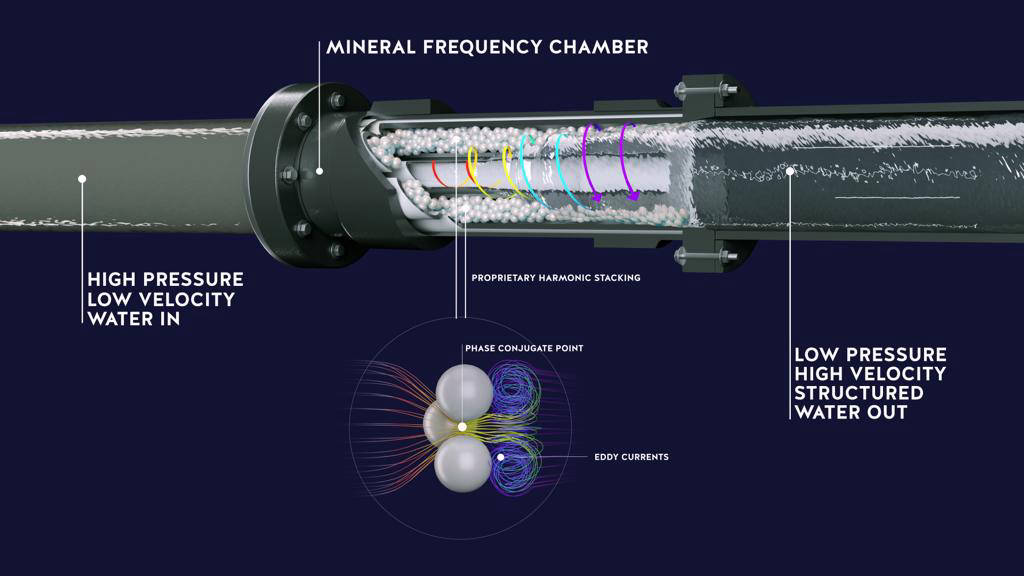
How We Produce Structured Water
Why A Structured Water System
Are you looking to revitalize your farm operation? The rising global population (estimated to grow from 7 billion to 9 billion by mid-century) together with economic growth in emerging markets will mean burgeoning demand for both potable water and food. Agriculture now accounts for roughly 70 percent of global water use, but as dietary changes in developing countries raise demand for water-intensive foods such as meat and dairy, this proportion will grow yet higher. Without efficiency gains, agricultural water demand is expected to grow by 45 percent — or an additional annual 1,400 billion cubic meters of water per year — by 2030.
